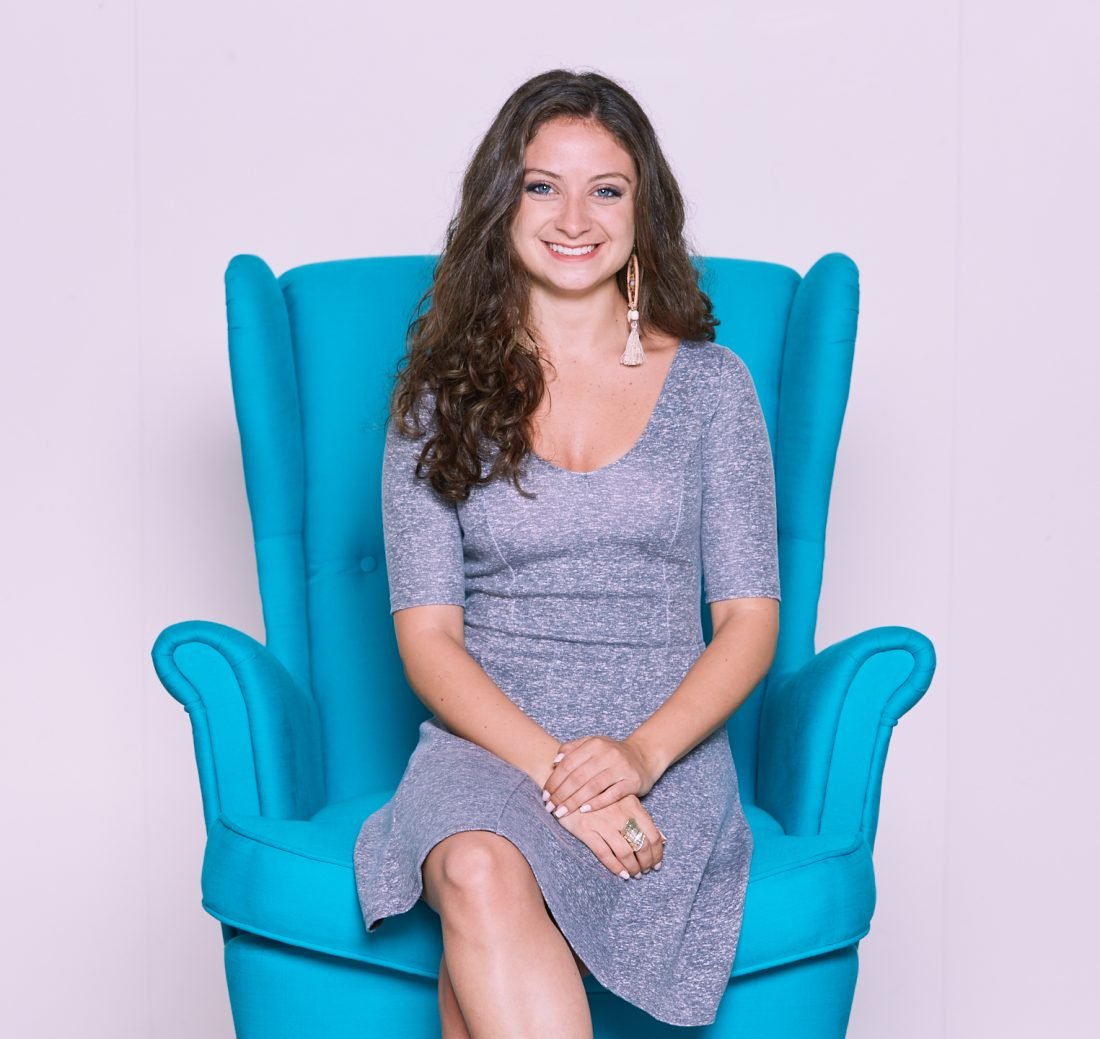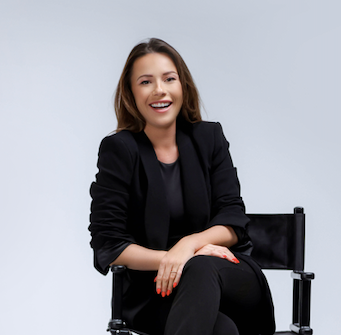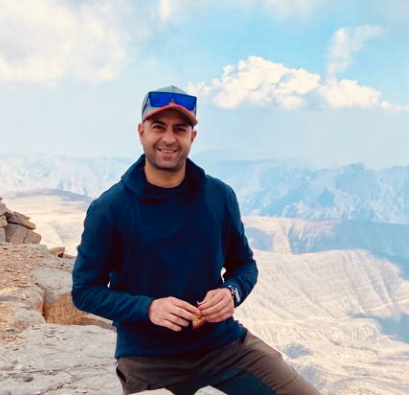The recipe for brand growth is one of the most intriguing topics I tried to understand in the past eight years.

Pre-2010, there probably was some form of data on spend and investment, but three catalyst events happened that forced people down the road of prioritizing performance tactics. The first was the dot-com bubble bursting, the second was the 2008 recession, the third and most recent, was the COVID-19 pandemic, pushing all businesses to accelerate digital transformation and leverage online sales. Clearly as an industry, we need to learn how to avoid making the same mistake again, as prioritizing investment on activation tactics might work for short term results, in the long run brand building remains the most important recipe for exponential growth.
In 2013, IPA (Institute Practitioners of Advertising) analyzed the crisis of clarity, the authors of The Long and the Short of It, Les Binet & Peter Field argued that “In the long run, brand effects are the main driver of growth”. More experts from the Ehrenberg-Bass Institute and author of How Brands Grow, Byron Sharp provided an evidence-based perspective identifying laws of growth, and patterns proving that successful brand growth came from penetration and is best achieved by reaching all category buyers; not focusing on a defined segment.
In the past, marketers believed that growing brand loyalists are more effective. The truth is, in the 80:20 rule, marketers tend to over focus on the 20% of loyal customers where penetration from new users is limited, instead of driving the 80% of potential of customers, who may not necessarily be loyal to the brands. However, if each bought at least once, exponential growth happens. In this highly cluttered world, local customers rarely exist anymore, switching and trying new products are often happening so increasing awareness around your product to grow their basket size and frequency of purchase would accelerate penetration.
Yes, laws of growth helped solve marketing mysteries based on decades of research and real world buying yet, applying the same laws in today’s world, post-pandemic where everything around us is being reshaped and accelerated, Salience has become harder to grow. Focusing on CPG (consumer packaged goods), the biggest challenge for salience growth is competition, annually, 30,000 new products are launched in CPG worldwide as reported by Nielsen IQ, add to that the exponential growth in e-commerce businesses and unicorns registering a 10% growth in 2021 vs 2020 in the UAE alone, the world is overpopulated by brands and companies. Growing salience seems impossible.
Two main questions remain, does salience drive market share? And how can one grow brand salience?
Based on Kantar’s 2021 Equity booster study, brands which grew in salience and had strong, meaningful difference, had a 2.7% growth in market share vs 0.9% on brands with weak salience.
According to Byron Sharp, Mental availability/brand salience is the propensity of the brand to be noticed or thought of in buying situations. People often think of brand salience as top-of-mind awareness, this is somehow true, but brand salience is deeper than that.
Brand salience is about increasing the share of mind, and this can be done by continually developing memory associations that consumers can relate to about the brand. The more memorable your brand is, the higher the probability of consumers to think of it and consider it as part of their buying shortlist.
For new brands, the biggest challenge is to create and build the cues over time while balancing spends across media channels to grow salience. With the rise in clutter and media fragmentation a new type of currency emerged, so-called the ‘Attention Economy’ in which the user’s attention is a scarce but valuable resource to be captured and the failure to focus surely has a negative impact on sales and brand salience. There will be an increasing trend to learn how to drive higher levels of attention through ad visibility and creative execution. For well-established brands tend to lose momentum with many messages, promoting different products on all platforms at the same time. This is the common pitfall of many brands. They get distracted with the noise and the constant pursuit to expand. It is not always right to think the more, the merrier. It is a zero-sum game; you want more of one thing then you get less of the other. The big question is: what is the priority? A real marketer’s answer should be simple: the priority should be the levers that will drive brand growth.
In this new world, brand growth requires a hybrid approach. I would argue that some things from the old world like ‘penetration’ is still king, no matter what. However, unlearning the old view of “stick to loyalists” is vital because to grow brands nowadays, one must acquire new buyers and get them to notice the brand mentally and physically.





